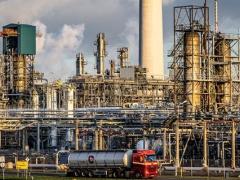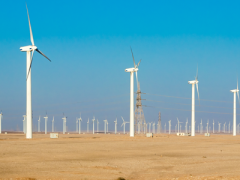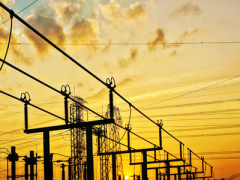Exploring changes in world ruminant production systems
In the past 30 years world production of ruminant meat and milk has increased by about 40%, while the global area of grassland has increased by only 4%. This is because most of the increase in ruminant meat and milk production has been achieved by increasing the production in mixed and landless production systems and much less so in pastoral systems.
Pastoral systems depend almost exclusively on grazing, while mixed and landless systems rely on a mix of concentrates (food crops) and roughage, consisting of grass, fodder crops, crop residues, and other sources of feedstuffs. A model was developed to describe these two aggregated production systems for different world regions, each having typical production characteristics, such as milk production per animal for dairy cattle, and off-take rates and carcass weights for non-dairy cattle, sheep and goats. The energy needed by the animals for the production of meat and milk is calculated on the basis of requirements for maintenance, grazing and labour, pregnancy, and lactation. We implemented the FAO Agriculture Towards 2030 projection for crop and livestock production and assumed that the past trend in the area of grassland will continue in the coming three decades. This assumption implies a rapid intensification of grassland management with a 33% increase in global grass consumption, which will only be possible with increasing fertilizer inputs, use of grass-clover mixtures and improved grassland management.
Authors
Specifications
- Publication title
- Exploring changes in world ruminant production systems
- Publication date
- 5 April 2005
- Publication type
- Publicatie
- Magazine
- Agricultural Systems 2005; 84(2):121-53
- Product number
- 91455




